 When Soren Wiberg and his family are not designing and building the world famous Danish Aluboxes for the overlanding, touring, military, expedition and the aerospace industry they are often off visiting remote parts of the world working on very worthwhile projects. We recently caught up with Soren after returning from a trip to the remote Svalbard Islands which are located north of the Arctic Circle and are one of the remotest inhabited places in the world.
When Soren Wiberg and his family are not designing and building the world famous Danish Aluboxes for the overlanding, touring, military, expedition and the aerospace industry they are often off visiting remote parts of the world working on very worthwhile projects. We recently caught up with Soren after returning from a trip to the remote Svalbard Islands which are located north of the Arctic Circle and are one of the remotest inhabited places in the world.
 So why the Svalbard Islands? Soren explained that a couple of years ago , they were approached by the IK foundation, who are a not for profit organisation which deploys small teams with specific expertise around the world to carry out research with the aim of getting a better understanding of the natural,environmental and cultural history from a number of perspectives.They basically conduct in-depth field research carried out by experts all over the world and present its findings through exhibitions and publications.
So why the Svalbard Islands? Soren explained that a couple of years ago , they were approached by the IK foundation, who are a not for profit organisation which deploys small teams with specific expertise around the world to carry out research with the aim of getting a better understanding of the natural,environmental and cultural history from a number of perspectives.They basically conduct in-depth field research carried out by experts all over the world and present its findings through exhibitions and publications.

Soren and one of the team members leaving the Zodiac ship to start work on the Field Station
Soren explained that he was asked a few years ago if he would be interested in helping design a Micro Field Station that would be located on Forlandet Island which is one of the islands to the west of the Svalbard Islands. The brief was simple, the field station would need to be easily transported, insulated, strong and able to withstand an attack from a Polar Bear but also be able to withstand the severe Arctic winter conditions.
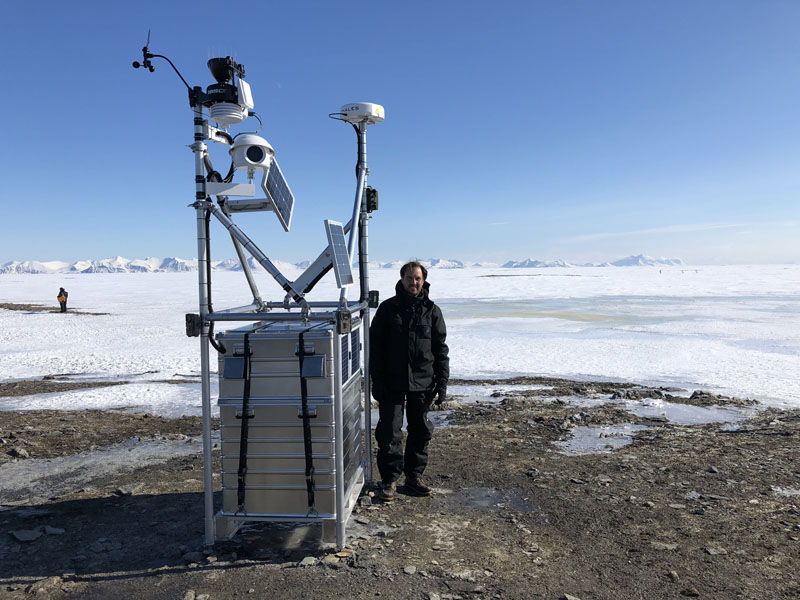
The second most northerly weather station in the world.
Alubox and Soren who is a trained engineer accepted the challenge for a number of reasons, including their appreciation for the work the IK foundation was doing but also because they have a strong interest in nature, climate change and the world’s ever changing environment. The Wibergs designed and built a weather station using the Aluboxes that would safely store and protect the sensitive monitoring and recording equipment.
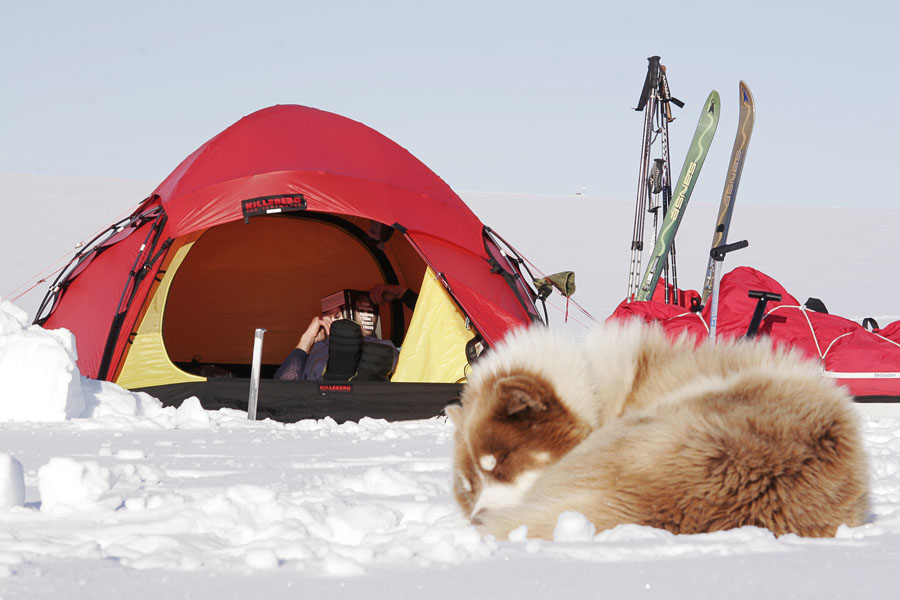 Soren’s objective was to install the weather station and be part of a team that would record relevant information on one of the most remote places on the planet. Little is known about the area and the information gathered includes recording wildlife sounds particularly that of bird life and very important meteorological information from what is the second most northerly weather station in the world.
Soren’s objective was to install the weather station and be part of a team that would record relevant information on one of the most remote places on the planet. Little is known about the area and the information gathered includes recording wildlife sounds particularly that of bird life and very important meteorological information from what is the second most northerly weather station in the world.
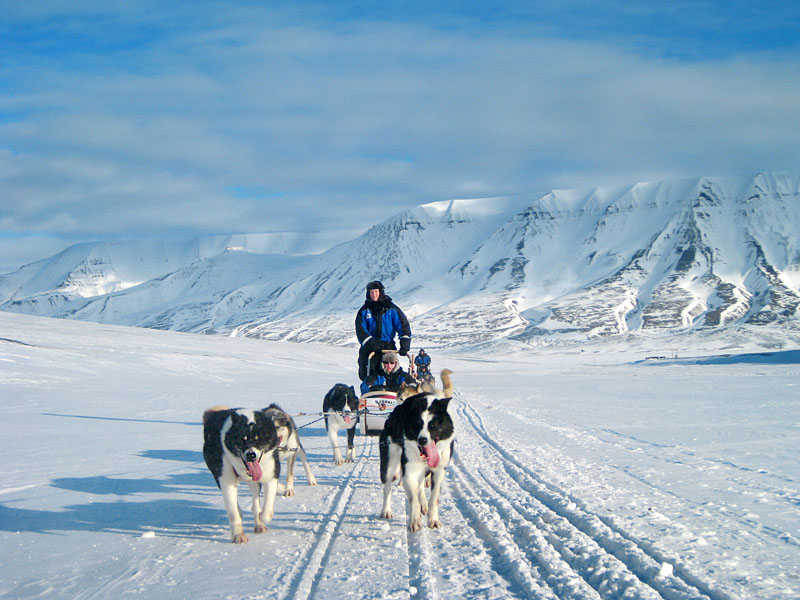
Soren explained that the Svalbard Islands are a fascinating place, it is a Norwegian archipelago located in the Arctic Ocean, right on top of the world enjoying endless areas of unspoilt Arctic wilderness. It is widely believed that the area was discovered by Norsemen in the 12th century and the name Svalbardi literally means “the land with the cold shores”. The Svalbard region is made up of all the islands, islets and skerries between 74° and 81° north latitude and 10° and 35° east longitude. The largest island is Spitsbergen and the highest mountain is Newtontoppen wowering 1,713 m above sea level..Approximately 60% of the archipelago is covered with glaciers, and the islands feature many mountains and spectacular fjords.
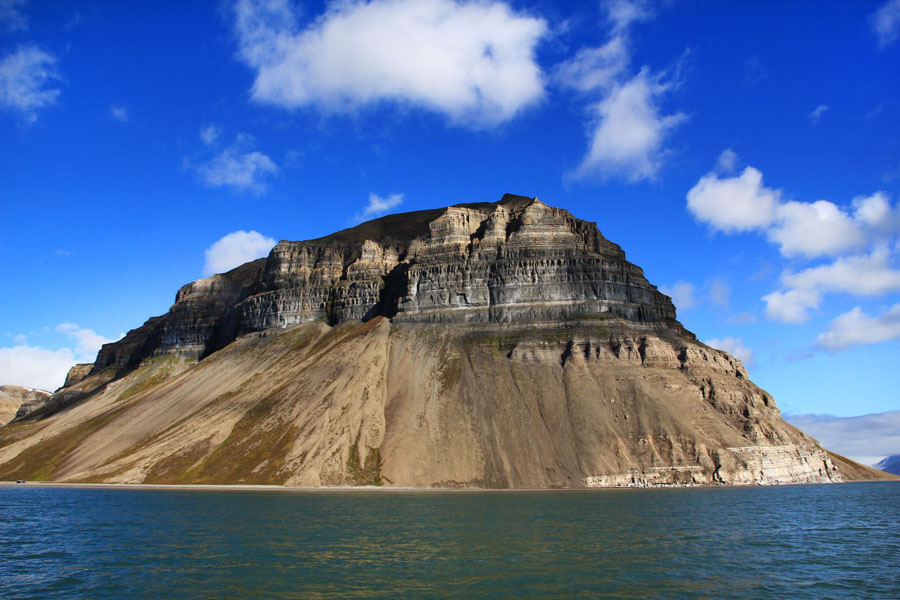
The Svalbard Islands are located in the Artic Ocean
The residents of Svalbard have come here for various reasons. Some are adventurers in search of a new Arctic adventure, some are researchers who have come to study the fascinating geology and others are normal families who like to live an ordinary life in a place that is anything but ordinary. Only 6-7% of the land area of Svalbard is covered by vegetation. It’s a cold place with permafrost covering the entire landmass of Svalbard,with only the top metre of earth thaws during the summer,this is a harsh place to live.
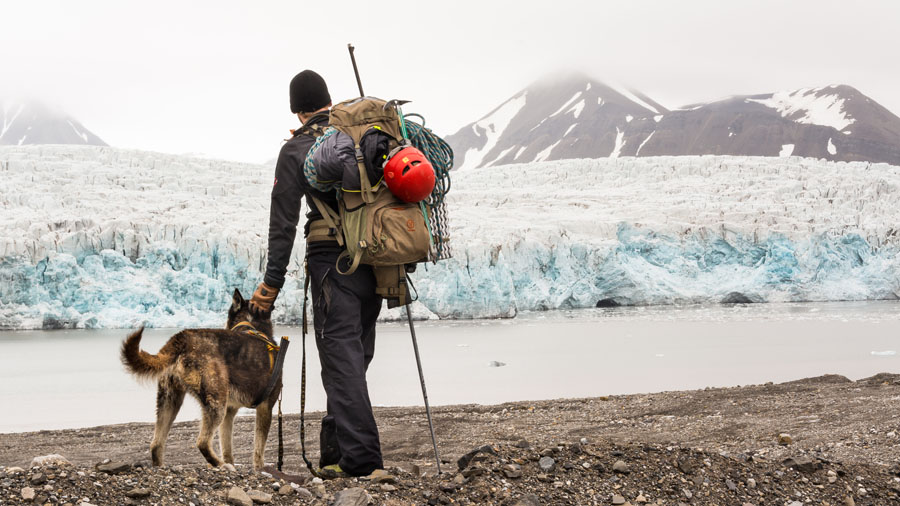
The research center of Ny-Ålesund being is the northernmost settlement in the world with a permanent civilian population. Other non permanent settlements can be found farther north, but are populated only by rotating groups of researchers.One of the first known and documented scientific studies of Forlandsøyane took place on the first of July, 1758. Then, Anton Rolandsson Martin, one of the Linnaeus Apostles, managed to get ashore from a whaling ship and study the landscape at the Forlandsøyane islands.The islands were first used as a whaling base by whalers who sailed far north in pursuit of whales for blubber in the 17th and 18th centuries, after which they were abandoned. Today around 2,100 people now call this place “home.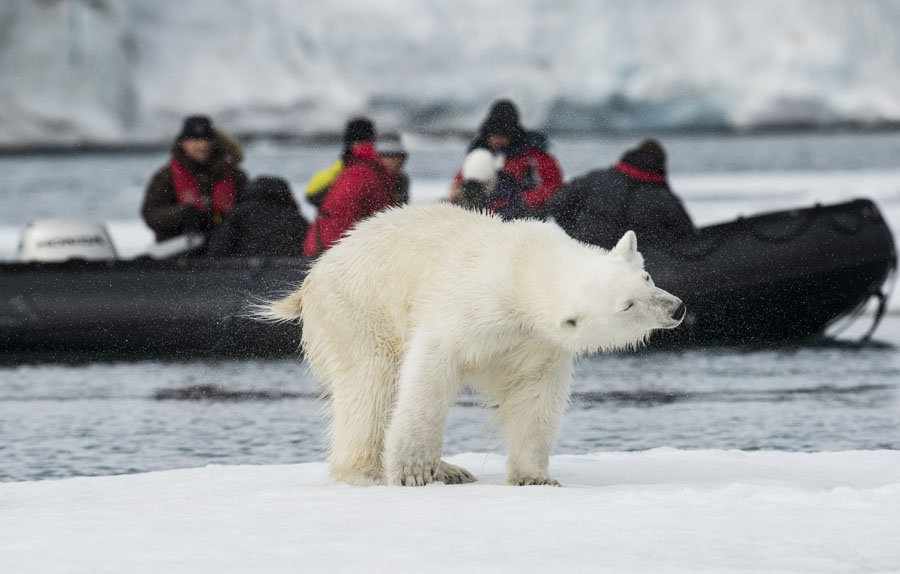
The geological diversity of Svalbard is very interesting, in fact it is recognised as one of the only places on earth where rocks can be found in nearly every geological period. During the period from 2004 to 2012, the Palaeontologist Dr. Jørn Hurum mapped more than 60 reptile skeletons, with one of these excavated reptile fossils measuring a massive 10-metres in length.Other fossils discovered include giant dinosaurs and rocks that date back to hundreds of millions of years.

Soren Wiberg from Alubox building the indestructible Alubox Field Station.
IK Foundation
So who are the IK Foundation, the NGO has since 2015 developed the next generation of scientific Field Stations. The work with FIELD STATION | NATURAE OBSERVATIO is a long-term project and is part of the BRIDGE BUILDER EXPEDITIONS – aiming to establish eco-designed autonomous Field Stations, which can operate unattended, all year-round and will observe a selected landscape and its wildlife. The weather station sends a report every sixty seconds via its own satellite link (Iridium Next), with cameras also sending images daily. The BRIDGE BUILDER EXPEDITIONS are the overarching definition for a series of contemporary and scientifically sustainable projects established by The IK Foundation, an undertaking which aims to inspire and contribute to understanding of our shared planet!
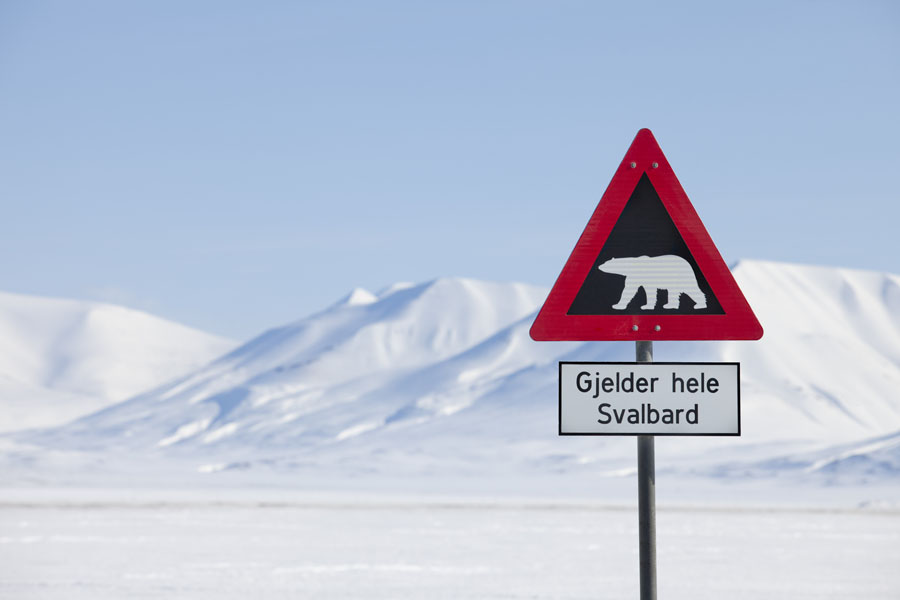
On the Svalbard Islands there are approximately 3000 Polar Bears, thats more Polar Bears than people
LOCATION
The location of the Field Station – Coordinates: LAT: 78.363333 LON: 11.614458. Altitude: 5.5 m – is positioned just a short distance from the coastline along the west side of the majestic Forlandsletta. This location has unrestricted visibility in all directions giving simultaneously a good overview of the surrounding landscape.
Polar Bears
Today Svalbard has a very lively Polar Bear population in fact at any one time there are more Polar Bears than people on the islands with an average population of approx. 3,000 polar bears, now that’s a lot of claws.Soren highlighted that the islanders always take precautions when venturing outside the settlements by always carrying a firearm as a protection against a possible polar bear attack. This is one of the few places in the world where it’s not uncommon to see mothers pushing a pram while carrying a rifle on their backs.

Soren explained that when they were working on installing the Weather Station they would depart daily from the Zodiac ship that was anchored 4km from the shore in dinghies as the water levels were too shallow for the expedition ship to get any closer. They would then make there way towards the shore, before getting out of the dinghies they would have to ensure that there were no Polar Bears in the area and two members of the crew known as hunters would land first in order to give the all clear,safety always took priority.

Polar Bears are the world’s largest land carnivores and for many people they have become a symbol of the arctic wilderness weighing anything between 200 to 800 kg, so respect should always be shown to these majestic creatures. Humans are considered an alien element in the polar bear habitat. These animals are incredibly strong and even smaller and younger bears can be very aggressive and dangerous. The polar bear has been protected since 1973, and it is considered a criminal act to pursuit, allure, disturb or feed a Polar Bear.

In Svalbard you can see Polar Bears pretty much all year round.The bears do not usually look upon humans as food, but they are naturally curious and will check out everything in their search for food. A really hungry bear will eat almost anything. If the bear moves directly towards you the advice is to make yourself visible early and also make noise. Shouting and clapping hands or starting an engine, i.e. a snowmobile or outboard engine will make the bear aware of you or fire a shot with your signal pistol into the ground in front of the polar bear or a warning shot with a rifle if the polar bear is within 50 metres. This may be enough to cause the bear to withdraw, well at least you hope it will, with that said It is important to remember that Polar Bears are an endangered species and are protected by law , and for that reason you will not find polar bear safaris in Svalbard.

One of the first species you’re almost guaranteed to see in Svalbard are reindeer which graze like sheep close to Longyearbyen There are also three species of terrestrial mammals, 19 species of marine mammal, that include Walruses, so plenty to see when it comes to Wild Life
Soren told us that when they were doing their research and installing the weather stations they always had someone who was armed on watch just incase a Polar Bear approached them, you are always keeping an eye out for any movement.

The work that Soren and the IK foundation does is very important, providing very important information that helps us understand the changes on our planet, but also making this transparent information available with no influence from Governments or Private interest groups to the international community. For more information on the IK Foundation click here or if you want to discover more about the Svalbard Islands click here.
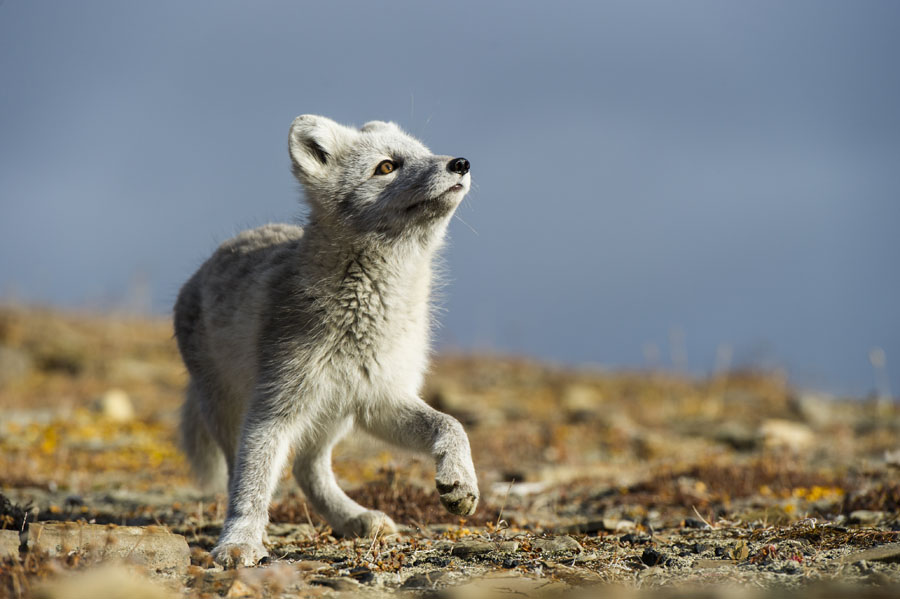
How to avoid confrontations with Polar Bears
It’s important to prepare well and think in advance about how to act in the Svalbard nature. We strongly recommend going on an organised trip. However, if you choose to explore alone, the following points are extremely important:
• Be extremely observant and try to move only in open areas.
• If you see a polar bear, retreat calmly and never pursue it!
• Most polar bear visits are at camps. Find a location with a good view in all directions and, if there are several in your group, sit facing different directions.
• Avoid setting up camp near the seashore as the water and ice edge are natural places for polar bears to search for food.
• Set up tripwires around your camp. Polar bear watch (someone always awake) is regarded as the only safe strategy when it comes to camping in the outdoors.
• Store food away from tents but within view of the tent opening.
• Avoid cooking inside your tent as the smell remains on the canvas and may attract polar bears.
• Arm yourself correctly. A high powered big game rifle (7.62, 30.06 or 308 calibre) and a signal pistol are the best weapons for protection against polar bears.
• Ensure you have knowledge of the weapons and experience using them before you set off.
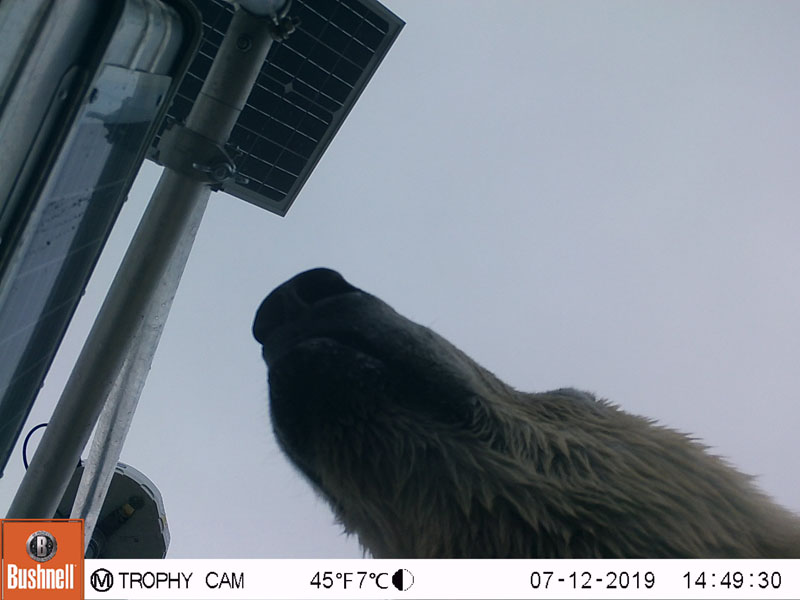
As an independent non-governmental organisation – with a strong reputation for interdisciplinary thinking, in-depth knowledge and a focus on long-term results, the IK continues to develop unique international networks of cooperation and finance in order to fulfill its mission. The IK Foundation believe that it is the right of everyone to have access to accurate Natural and Cultural History information. The IK Workshop Society welcome individuals and organisations to participate in using their open sources. The IK Foundation is and will remain an informal, pure and simple not-for-profit organisation. The IK Workshop Society is a unique phenomenon, in some respects an experiment with very long-term ambitions to evolve in accordance with its motto “Sharing Observations to Understand Planet Earth”.
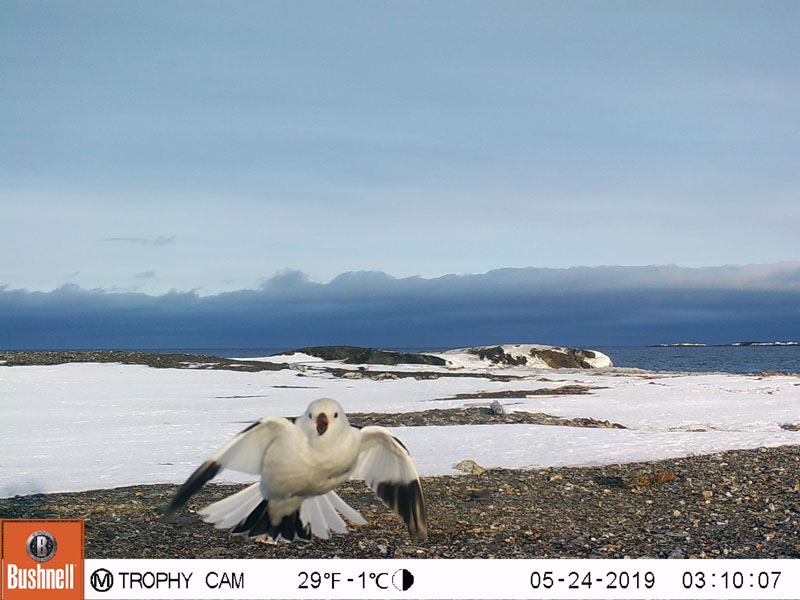

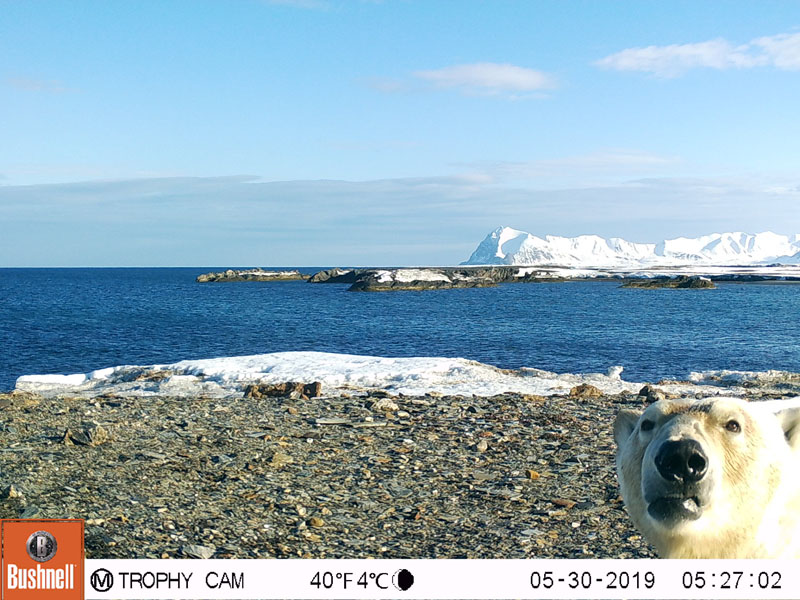
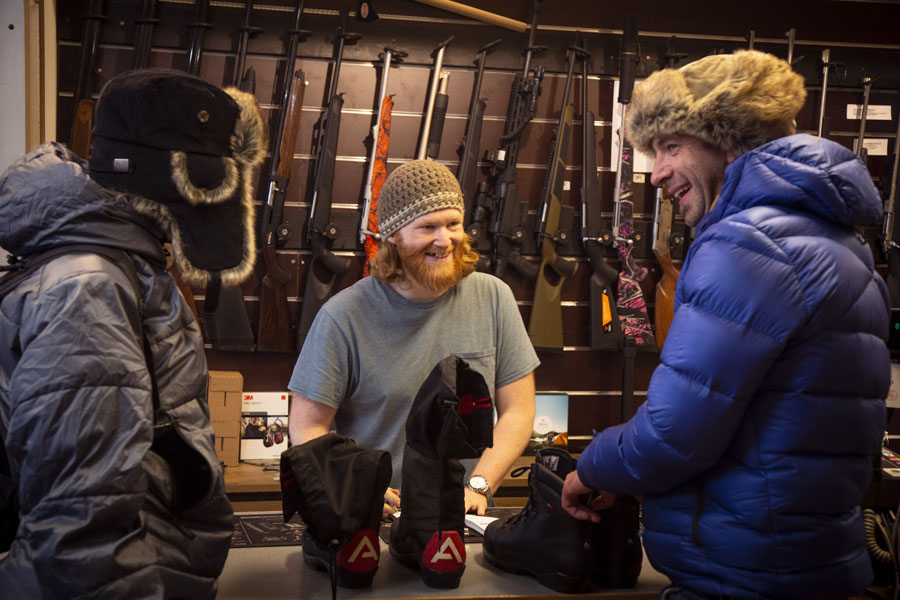
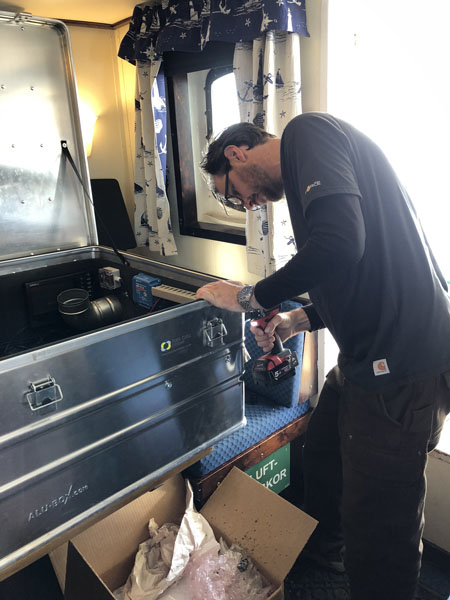
Soren preparing the custom made Aluboxes that would protect the IK Foundation Field Station from the elements.






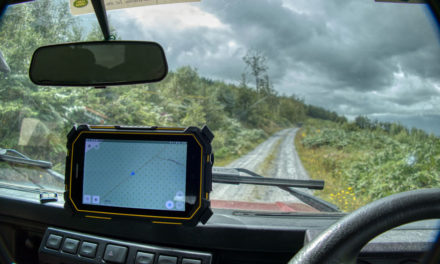

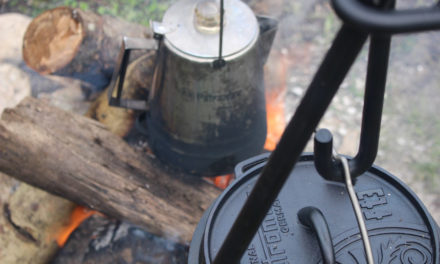
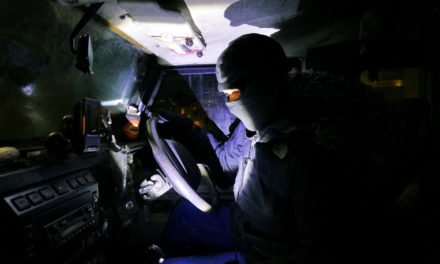


Recent Comments